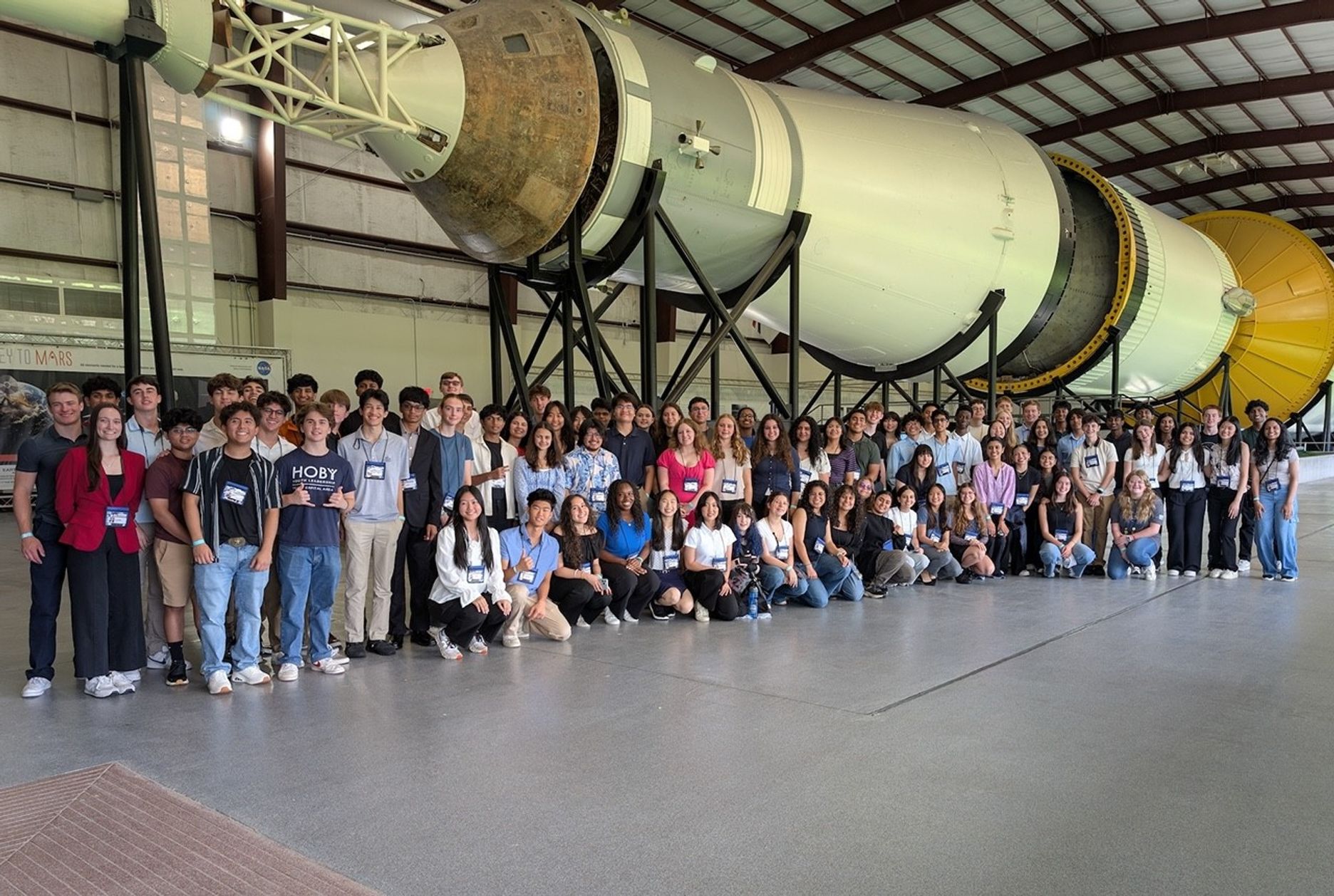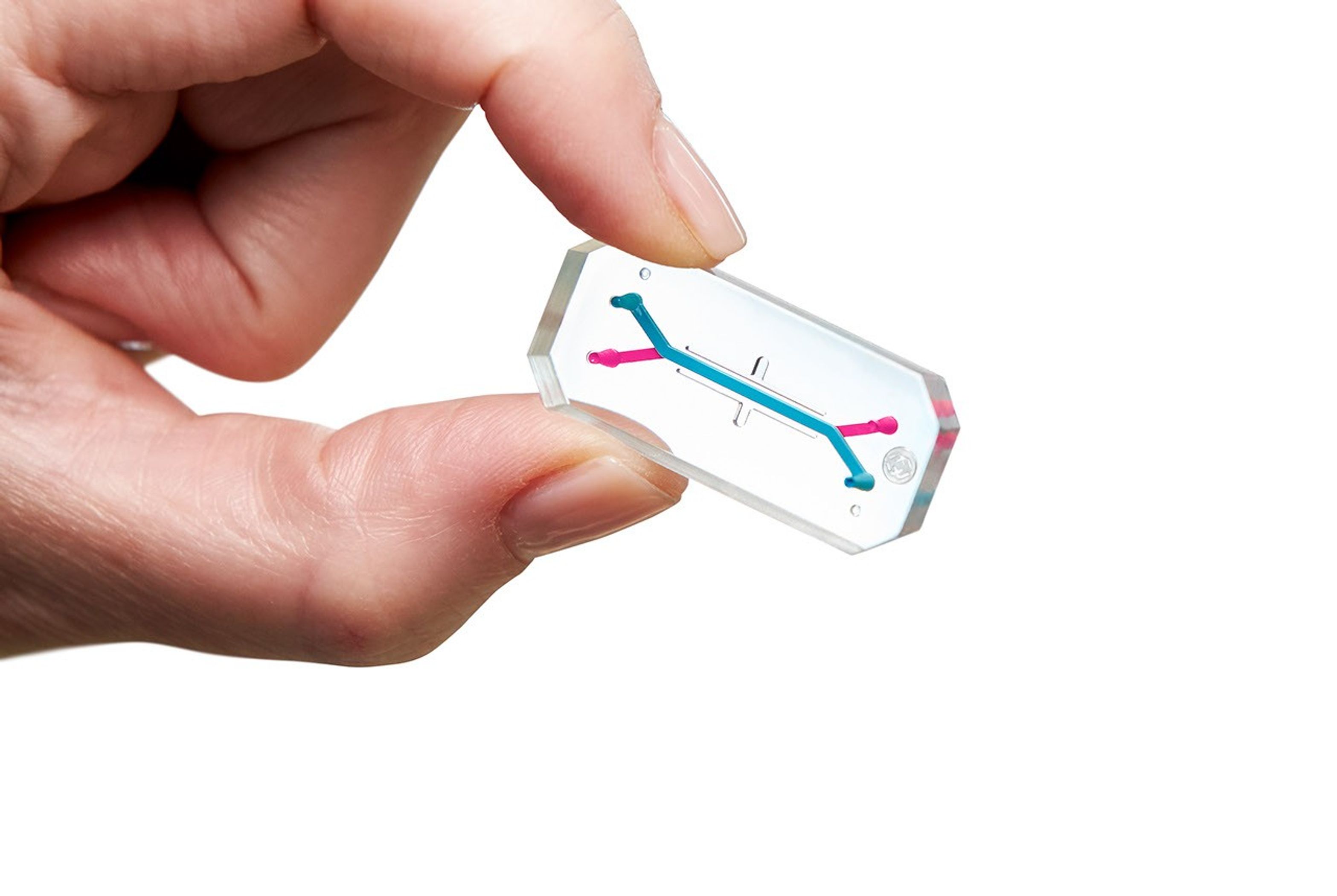Lettuce Find Healthy Space Food! Citizen Scientists Study Space Salads

Missions to the Moon and Mars pose nutritional challenges for astronauts. Now, a new paper on space-grown food is telling us it’s time to turn over a new leaf.
Volunteers from NASA’s Open Science Data Repository Analysis Working Groups (OSDR-AWG) work together to analyze data on astronaut health. When they examined data on lettuce grown on the International Space Station and the Tiangong II space station, they found that the crop contained 29-31% less calcium and 25% less magnesium than Earth lettuce, falling short of astronaut requirements.
Lettuce tell you more! The new study revealed two further health challenges for astronauts relying on space grown veggies.
- Disrupted calcium signaling: the analysis revealed that astronauts experienced changes in the expression of 163 calcium genes, which could accelerate bone loss.
- Leaky gut syndrome: data from the Japan Aerospace Exploration Agency (JAXA) show astronauts experienced compromised intestinal barriers due to altered protein production and regulation, likely disrupting their ability to absorb nutrients.
The researchers proposed a solution to these problems too: bioengineered crops. Perhaps plants could be developed that are enriched in calcium or therapeutic proteins to compensate for the deficiencies observed in the space-grown lettuce.
This research was a collaboration between the ALSDA (Ames Life Sciences Data Archive), the Human Analysis and Plant Working Groups of the NASA Open Science Data Repository (the expansion of NASA Genelab centered at NASA Ames), along with BioAstra, a space life science non-profit. The data came primarily from OSDR with contributions from the Space Omics and Medical Atlas at Weill Cornell.
You can join the OSDR-Analysis Working Groups yourself and help plan the future of human space exploration. The Analysis Working Groups examine biomedical data from NASA missions and space experiments collected in the OSDR. These teams use the data to answer questions in basic science, applied science, and health outcomes for space exploration. Dozens of project groups are active at any time. Learn more about the AWGs.
B Barbero Barcenilla, R Rivero, A Lynch, W Cromer, J Gong, B Harandi, M Stegmann, H Le, D Lundine, M Chung, J Puig, K Mikhailova, H Coker, A Marks, Rachel R. Gilbert, Ryan T. Scott, R Barker, P Glowe, EG Overbey, CE Mason. (2025) Feeding the cosmos: tackling personalized space nutrition and the leaky gut challenge. npj Microgravity 11, 45. https://doi.org/10.1038/s41526-025-00490-z


